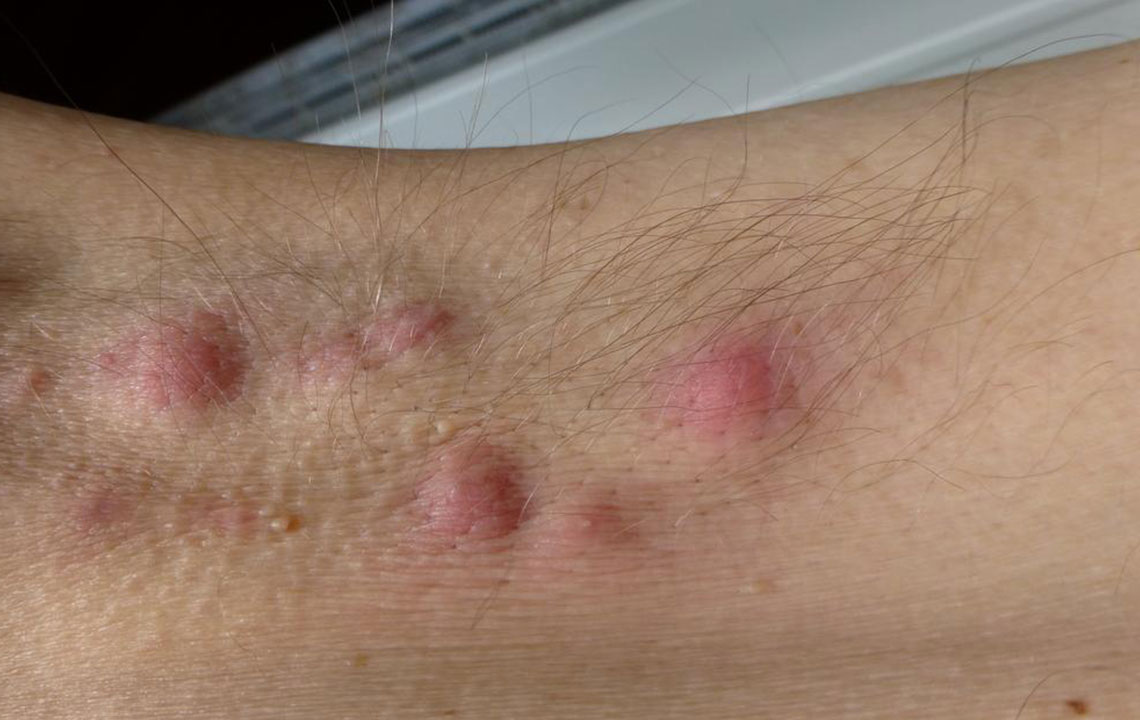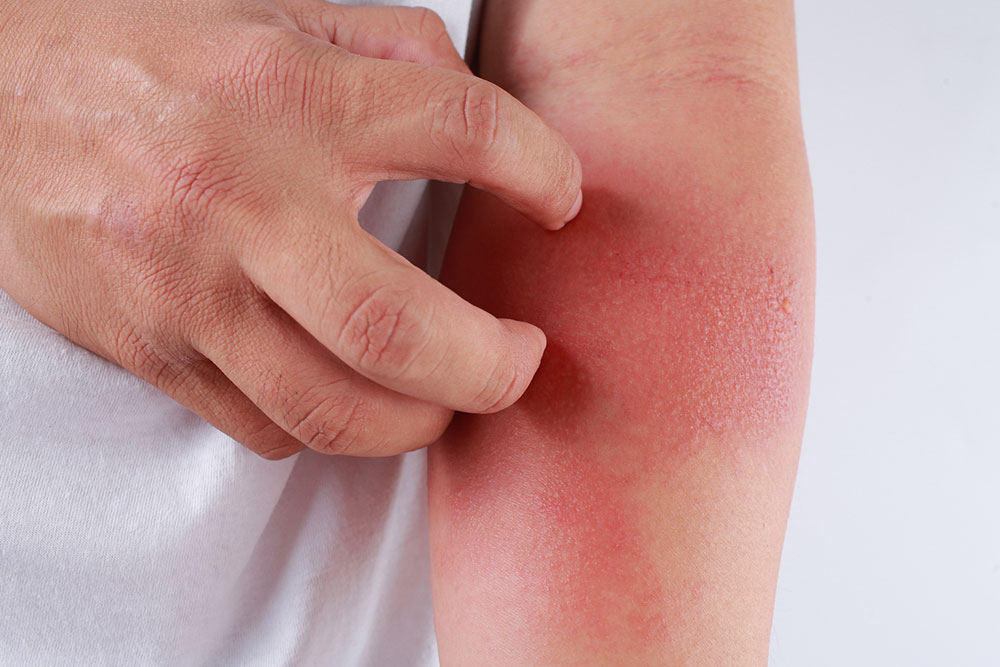Ultimate Guide to Managing and Treating Hidradenitis Suppurativa Effectively
Hidradenitis Suppurativa (HS) is a persistent, painful skin condition impacting areas like the armpits, groin, and underarms, leading to abscesses and scarring. This comprehensive guide covers causes, risk factors, stages, diagnosis methods, and effective treatment strategies, including medical and surgical options. Emphasizing early diagnosis, hygiene, weight management, and personalized care, it aims to help individuals better manage HS, reduce symptoms, and improve quality of life. Suitable for patients, caregivers, and healthcare professionals, this detailed overview illuminates the importance of ongoing care and holistic treatment approaches for this chronic skin disorder.

Ultimate Guide to Managing and Treating Hidradenitis Suppurativa Effectively
Hidradenitis Suppurativa (HS) is a complex and often misunderstood chronic skin disorder that causes painful, swollen lumps, abscesses, and scarring, primarily occurring in regions where skin rubs against skin or clothing, such as the armpits, groin, under the breasts, and around the anal area. This condition not only causes physical discomfort but can also significantly impact a person’s emotional and psychological well-being, making proper management essential for improving quality of life.
Recognized sometimes as Acne Inversa, HS is a severe form of acne that involves deep-seated inflammation of the hair follicles and sweat glands. The disease manifests initially as tender, red bumps that can gradually grow into large, painful nodules. These nodules may rupture, releasing pus and contributing to a cycle of inflammation that leads to chronic wounds and scars. Over time, if left untreated or poorly managed, HS can develop into interconnected tunnels or fistulas beneath the skin’s surface, complicating the condition further and necessitating comprehensive medical treatment.
This persistent and often debilitating skin disorder stems from the blockage of hair follicles and furunculosis, with an underlying cause linked to hormonal imbalances, genetic predisposition, immune system dysfunction, or a combination of these factors. Risk factors for developing HS include age, gender (more common in women), family history, obesity, metabolic conditions like diabetes, and severe acne history. The disease typically progresses through three stages: initially presenting as small, tender abscesses; advancing to widespread lesions with tunnels and interconnected abscesses; and in severe cases, forming complex networks of inflamed tissue.
Diagnosis of HS involves a combination of clinical examination, blood tests to detect underlying infections or hormonal issues, ultrasounds, and bacterial cultures. A multidisciplinary approach is often required to manage the condition effectively, involving dermatologists, surgeons, and primary care providers.
Effective management of HS depends on early detection and a personalized treatment plan. Basic care strategies include maintaining good hygiene, reducing skin friction, and adopting weight management practices to lower inflammation. Medical treatments may encompass antibiotics to control bacterial infection, retinoids to regulate skin cell turnover, corticosteroids to reduce inflammation, and biologic therapies such as TNF-alpha inhibitors for severe cases. Surgical options, including drainage of abscesses and excision of affected tissue, may be necessary for advanced or resistant cases. Additionally, lifestyle modifications, proper skincare routines, and psychological support are vital for coping with the condition and preventing flare-ups.
Living with HS requires ongoing medical supervision and patient education; awareness about triggers such as friction, humidity, and stress can significantly decrease flare-ups. Embracing a holistic approach that combines medical treatment, lifestyle adjustments, and mental health support can dramatically improve outcomes and help those affected regain control over their health and well-being.





